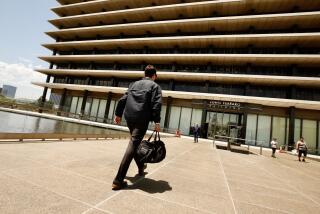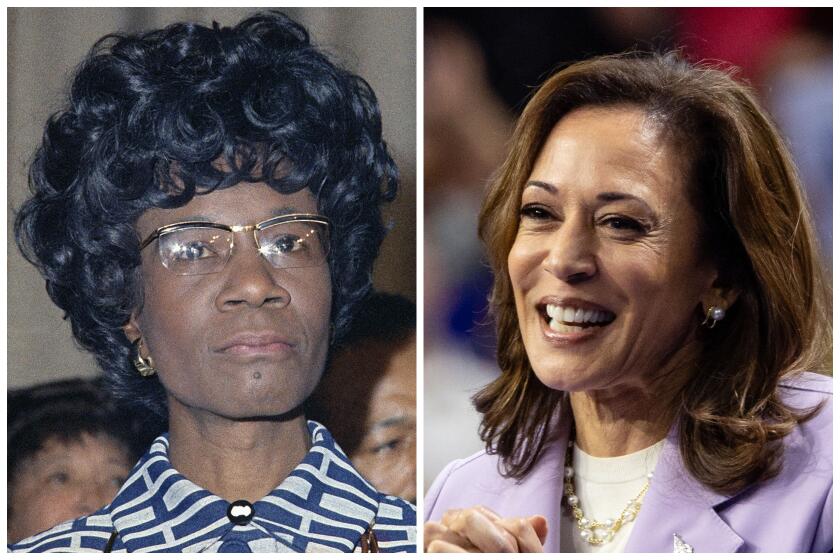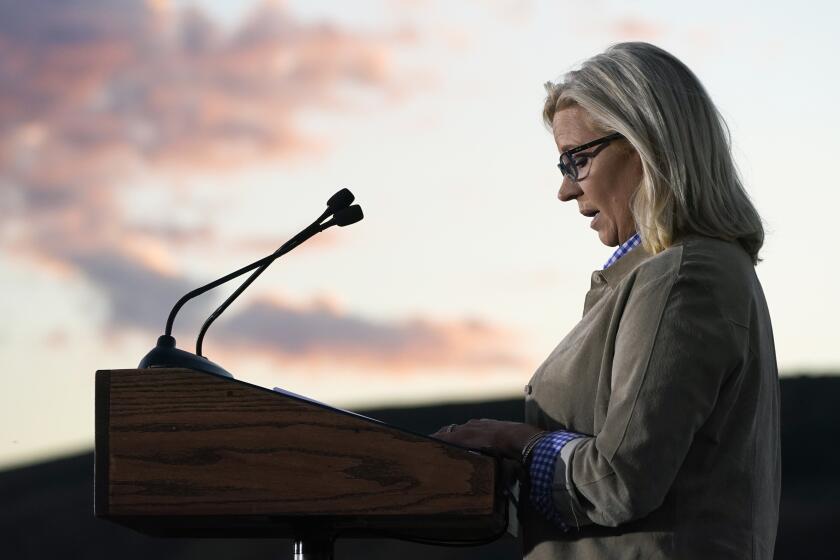Editorial: Behind the DWP rate hike: Where will that money really go?
The Los Angeles Department of Water and Power is asking customers to pay significantly higher rates over the next five years — from 13% to 34% more — to meet a crush of environmental regulations and fund long-delayed infrastructure upgrades and renewable energy projects.
But what the DWP hasn’t been saying as it tries to sell Angelenos on the rate hike is that not all the new money will go to those much-needed improvements. Roughly one in five of the dollars that customers are charged for electricity will end up in the city budget instead of replacing power poles, upgrading the transmission system or buying cleaner, greener energy. It will create a windfall for City Hall — nearly half a billion dollars over five years, which Mayor Eric Garcetti and the City Council may spend as they choose.
There’s nothing new about this gimmick. The city always collects a 10% “user utility tax” on residential customers’ electricity charges and a 12.5% tax on those of commercial customers. The tax appears as a line item on customer bills, though it’s rarely mentioned during rate debates, and the money goes into the city’s general fund to help pay for the police and fire departments, employee salaries and benefits and other projects, departments and services. In addition, the city collects 8% of electricity revenue each year through a transfer authorized by the City Charter. The cost of the transfer is embedded in the power rate. It’s been the subject of political fights and lawsuits for more than two decades, with critics arguing that past mayors and City Councils have set electricity rates higher than necessary to create a “surplus” that could then be transferred to the city budget. There are currently lawsuits that allege the transfer is a hidden tax that is illegal under Proposition 26, which barred governments from charging more than the cost of providing a service.
The effect of these two charges is that customers pay an extra 18% to 20% for electricity. (There are no similar charges on water.) The tax and transfer generated more than $600 million for the city budget last year. At the end of the proposed five-year rate hike, the city will get an estimated $120 million more per year from the electricity tax and transfer.
That significant boost in revenue has been absent from the rate debate. That’s misleading and unfair to ratepayers. There is little doubt that the DWP needs more money to upgrade its aging infrastructure and transition to cleaner, more efficient power generation, though the exact amount of the rate hike should be carefully considered by the council. But customers deserve a true accounting of how much of their electricity bill payments are being spent on power projects — and how much is being siphoned off for the city budget. Garcetti and the council need to be honest about the windfall for the general fund that comes along with higher rates — and they need to justify why ratepayers should continue to subsidize City Hall.
Follow the Opinion section on Twitter @latimesopinion and Facebook
More to Read
A cure for the common opinion
Get thought-provoking perspectives with our weekly newsletter.
You may occasionally receive promotional content from the Los Angeles Times.









